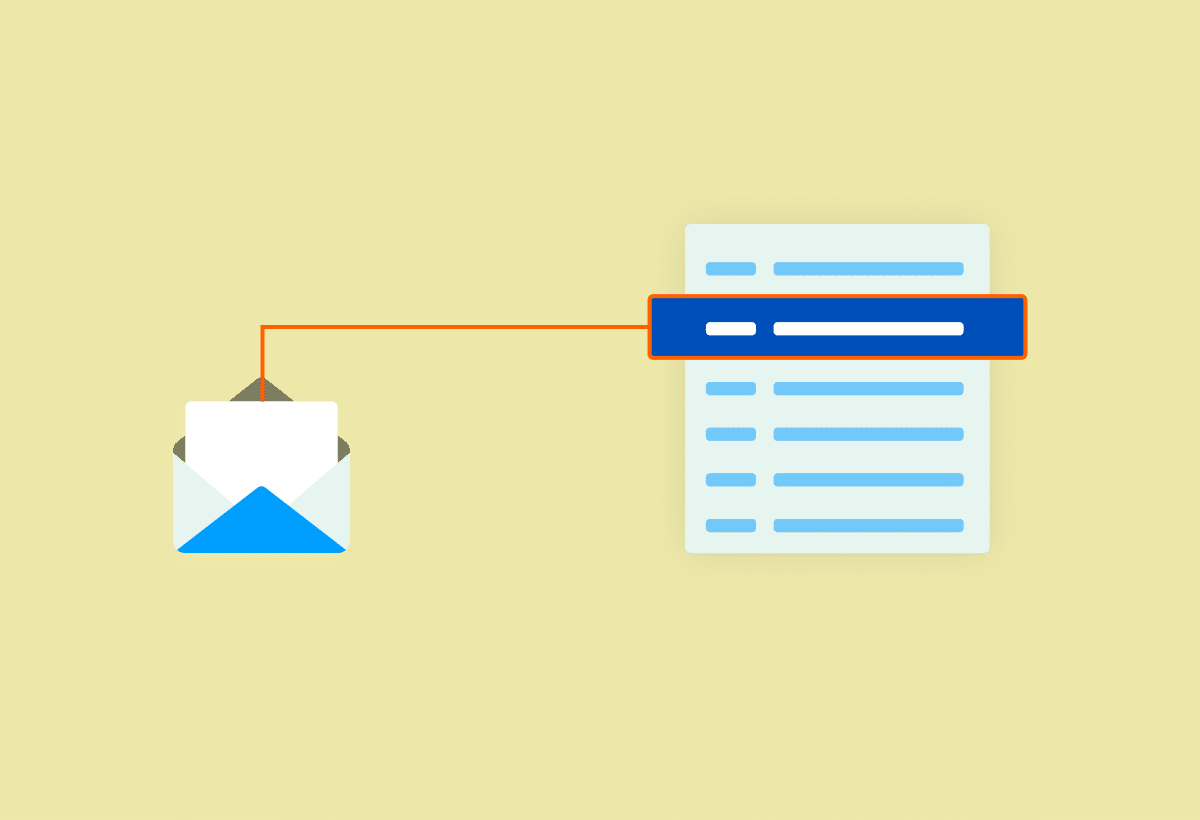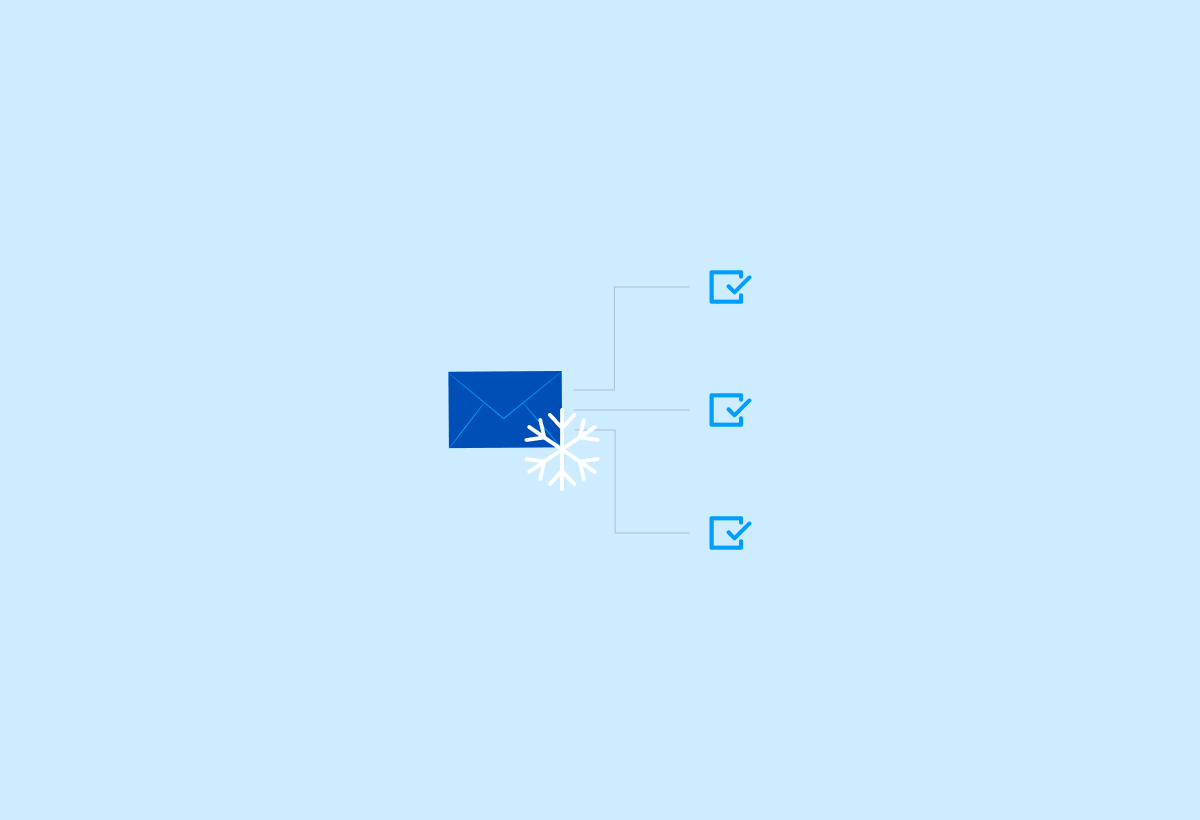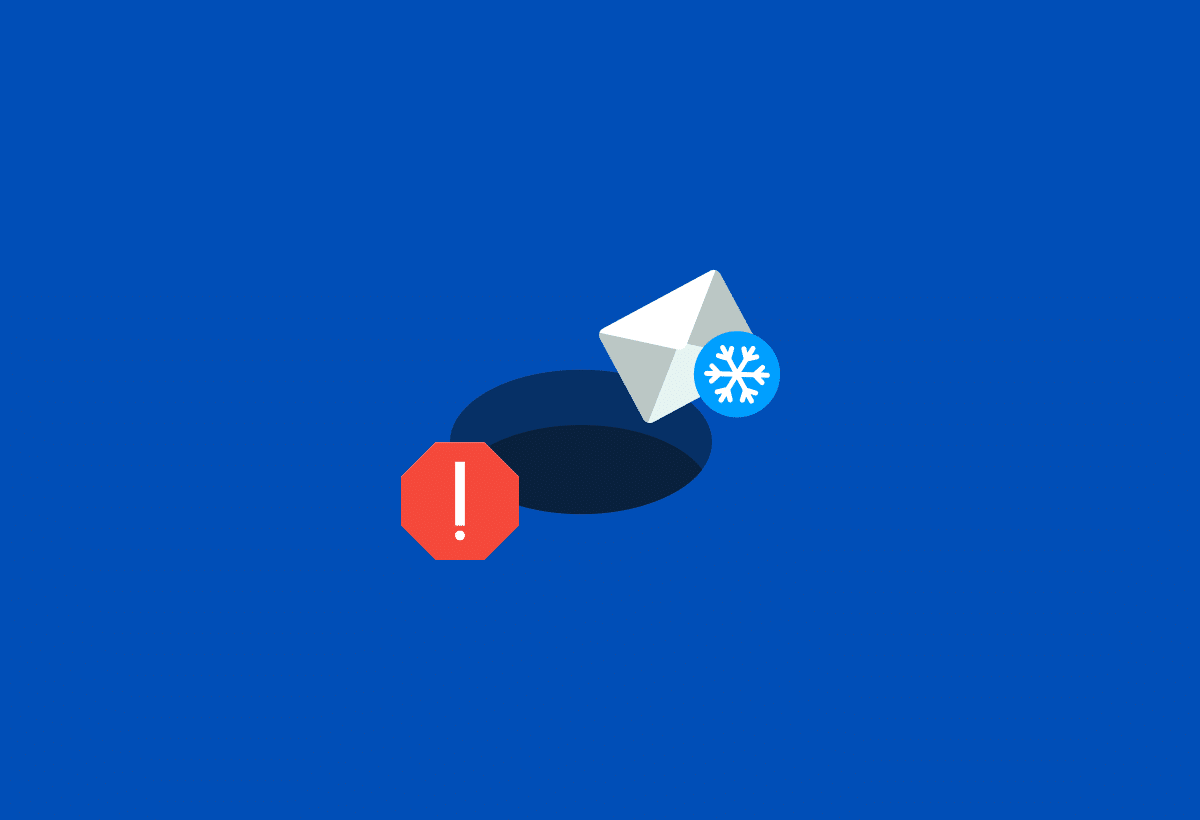Picture this: You've spent hours crafting what you believe is the perfect cold outreach message.
You hit send, and then... crickets. Nothing.
Why does this happen?
Let's dive into some common mistakes that might be tripping you up.
Not Authenticating Your Outreach Accounts
If your accounts aren’t properly authenticated (SPF, DKIM, DMARC), your emails will end up in the spam folder or, worse, not delivered at all. Authentication tells email providers, "Hey, I'm legit!" So, get your accounts authenticated and make sure your emails have a safe passage to your recipient's inbox.
Not Using Spintax
Spintax allows you to create multiple variations of the same message. For example, instead of always saying, "Hi John, I saw your profile on LinkedIn," you can mix it up with "Hello John, I came across your profile on LinkedIn" or "Hey John, LinkedIn brought me to your profile."
Not Cleaning Company Names
If you’re reaching out to “Acme Corp” but your email says “Dear Acme Corporation,” you’ve already lost points. It shows you didn’t take the time to get the details right. Clean your company names and make sure they’re correctly formatted.
Not Responding to Negative Replies

If someone takes the time to reply to your email with a “Not interested” or something harsher, respond! Be polite, acknowledge their feedback, and thank them for their time. You never know, your professionalism might just win them over in the future.
Sending Generic Messages
Sending out the same generic message to everyone is a big no-no. Personalization shows that you’ve done your homework and genuinely care about connecting with the recipient.
Ignoring Follow-ups
Many people send one email and then forget about it. Follow-ups are crucial in cold outreach. Sometimes it takes a few nudges to get noticed.
Lack of Value Proposition
If your message doesn't clearly state what value you bring to the table, why should anyone care? Make sure your value proposition is clear and compelling.
Poor Subject Lines

The subject line is the first thing recipients see. A dull or confusing subject line can result in your email being ignored or deleted. Make it catchy and relevant.
Overloading with Information
Bombarding your recipient with too much information can be overwhelming. Keep your message concise and to the point. Save the details for later conversations.
Bad Timing
Sending your email at the wrong time can drastically reduce your chances of getting a response. Avoid sending emails late at night or during weekends unless it’s industry-specific.
Lack of Clear Call to Action (CTA)
Your email should have a clear and direct CTA. Whether it’s scheduling a call, downloading a resource, or replying with feedback, make sure it’s easy to understand and act on.
Not Testing Different Approaches

If one approach isn’t working, don’t keep hammering away with it. Test different subject lines, email contents, and sending times to see what works best.
Neglecting Social Proof
Including social proof like testimonials, case studies, or notable clients can build credibility and trust. Don’t leave it out of your outreach strategy.
Ignoring Metrics and Analytics
If you’re not tracking your open rates, response rates, and other metrics, you’re flying blind. Use analytics to understand what’s working and what’s not, and adjust your strategy accordingly.
Using Overly Formal Language
In today’s casual business environment, using stiff, overly formal language can make you come off as insincere or outdated. Aim for a friendly yet professional tone to foster genuine connections.
Neglecting Mobile Optimization
Many recipients will view your emails on their mobile devices. If your email isn't optimized for mobile viewing, it might look messy or be difficult to read, leading to a quick deletion.
Skipping A/B Testing
A/B testing isn't just for marketing campaigns. Apply it to your outreach emails to test different elements, such as subject lines or call-to-actions, to see which variations perform better.
Failing to Segment Your Audience
Sending the same message to all contacts without segmenting your audience can lead to irrelevant or less effective communication. Tailor your messages to different segments based on their interests, industry, or behavior.
Not Leveraging Multi-Channel Outreach

Relying solely on email might limit your reach. Incorporate other channels like LinkedIn messages, phone calls, or even direct mail to increase your chances of making a connection. A multi-channel approach can make your outreach efforts more robust and effective.
One Last Tip
Remember, cold outreach isn’t just about sending emails.
It’s about starting conversations.
It’s about building relationships.
So, take these tips to heart and see how they can improve your outreach efforts. And hey, if you make a mistake, don’t sweat it.
Learn from it and keep going.

